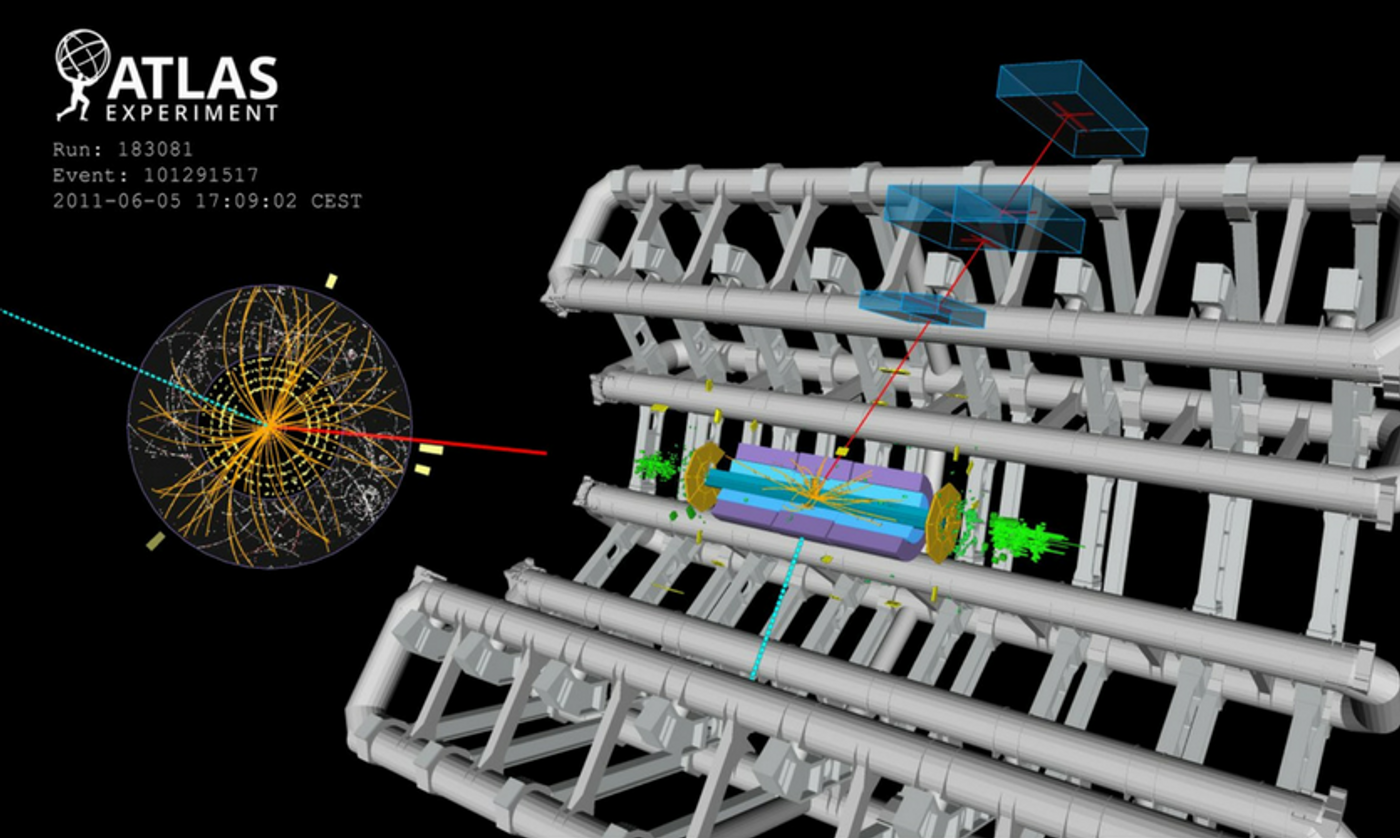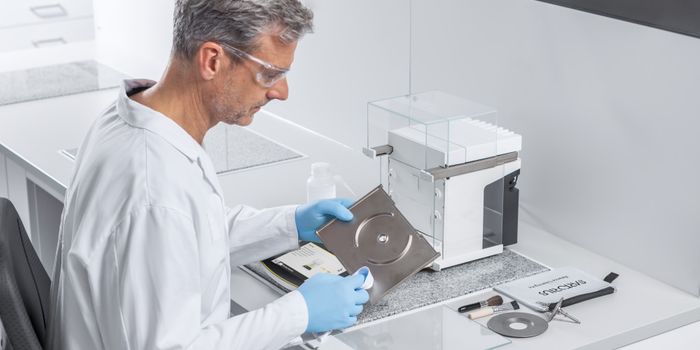The Mass of W Boson Precisely Measured
The subatomic particle W boson just got a more precise mass. According to the latest publication from the ATLAS Collaboration at The European Organization for Nuclear Research (otherwise known as CERN), physicists have performed the most precise measurement ever on W boson’s mass, using none other than the Large Hadron Collider (LHC).
According to the Standard Model of physics, the boson family has five siblings, photons, gluons, W and Z bosons, plus the recently found Higgs boson. The W boson is a fundamental particle. It has either a positive or negative electric charge, and W+ and W- are each other's antiparticles. Together with Z boson, W boson is responsible for mediating the weak interaction/force, one of four fundamental forces (weak and strong interaction, electromagnetism, and gravitational force) that govern the behavior of matter in our universe. The weak force (or weak nuclear force) underpins the interaction between sub-atomic particles that causes radioactive decay and thus plays an essential role in nuclear fission.
Related reading: Electroweak interaction

Before the uncovering of Higgs boson, the biggest news out of CERN was the discovery of W and Z bosons in 1983, thanks to the research conducted on CERN's Super proton-antiproton Synchrotron. As a result, the Physics Nobel in 1984 was awarded to Carlo Rubbia and Simon van der Meer "for their decisive contributions to the large project, which led to the discovery of the field particles W and Z, communicators of weak interaction".
Unlike their massless sibling photon, W and Z bosons have mass. The W boson happens to be one of the heaviest known particles in the universe. The disparity in the mass difference was considered a major obstacle back when the electroweak theory was first developed. Enter the Higgs mechanisms, a theory named after the famed physicist Peter Higgs. (The conception of theory actually involved seven other scientists.) Its finalized version was officially published in a paper in 1964. This theory breaks the SU symmetry, a concept deeply rooted in the modern physics. It also predicted the existence of the Higgs boson, which gives W+, Z0, and W− bosons their mass and render photons massless.
In 2013, scientists working at CERN's Large Hadron Collider announced that they discovered the Higgs boson, the long-sought member of the boson family. Therefore, Peter Higgs and François Englert were awarded the 2013 Physics Nobel for their work behind their accurate prediction.
Although the properties of the W boson have been known for decades, the measurement of its mass with high precision has been proven difficult. The CERN team looked into the data collected from around 14 million W bosons candidate events in 2011. They reported that the final mass equals to 80370±19 MeV, which is consistent with the prediction from the Standard Model.
The result is also comparable to two previous measurements, one obtained at the Large Electron-Positron Collider (the ancestor of the LHC at CERN), and the other at the Tevatron, a former accelerator at Fermilab in the United States.
Commenting on the meaning behind their precise measurement of W boson, Tancredi Carli, a senior research physicist of the ATLAS Collaboration, said: "Achieving such a precise measurement despite the demanding conditions present in a hadron collider such as the LHC is a great challenge."
"Reaching similar precision, as previously obtained at other colliders, with only one year of Run 1 data is remarkable. It is an extremely promising indication of our ability to improve our knowledge of the Standard Model and look for signs of new physics through highly accurate measurements,” he added.
High-precision measurement of the W boson mass at the LHC. Credit: CERN
Source: CERN









